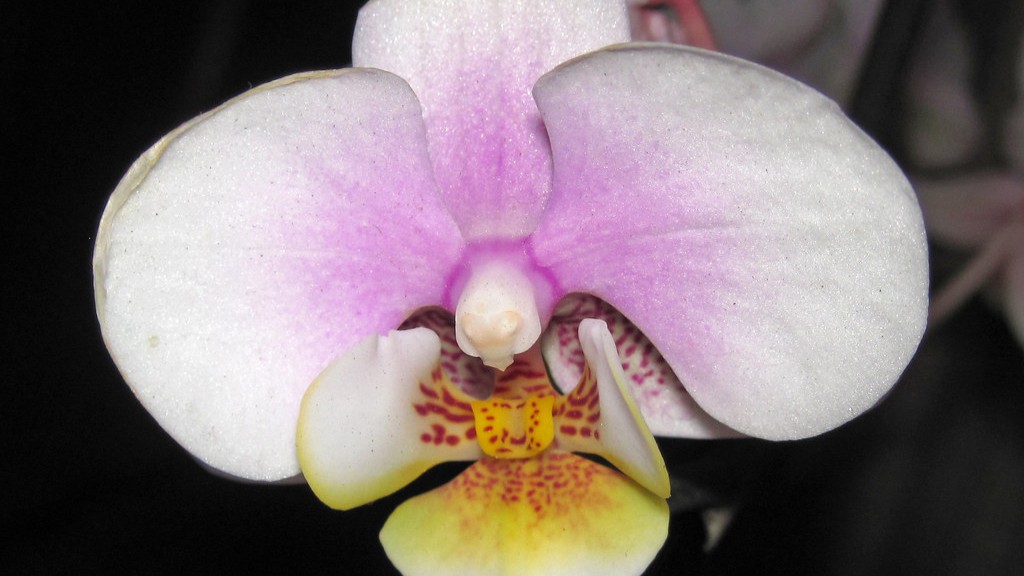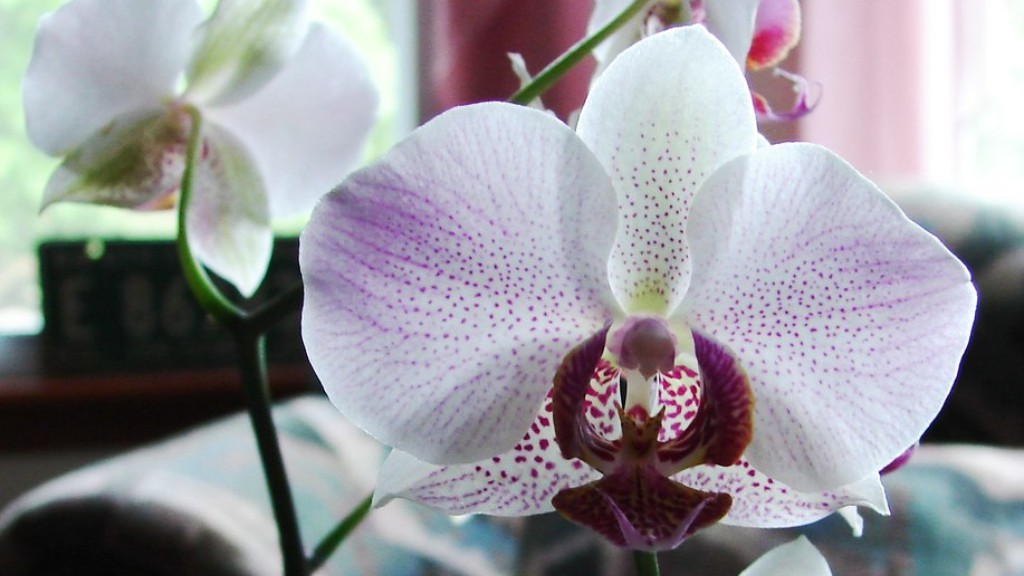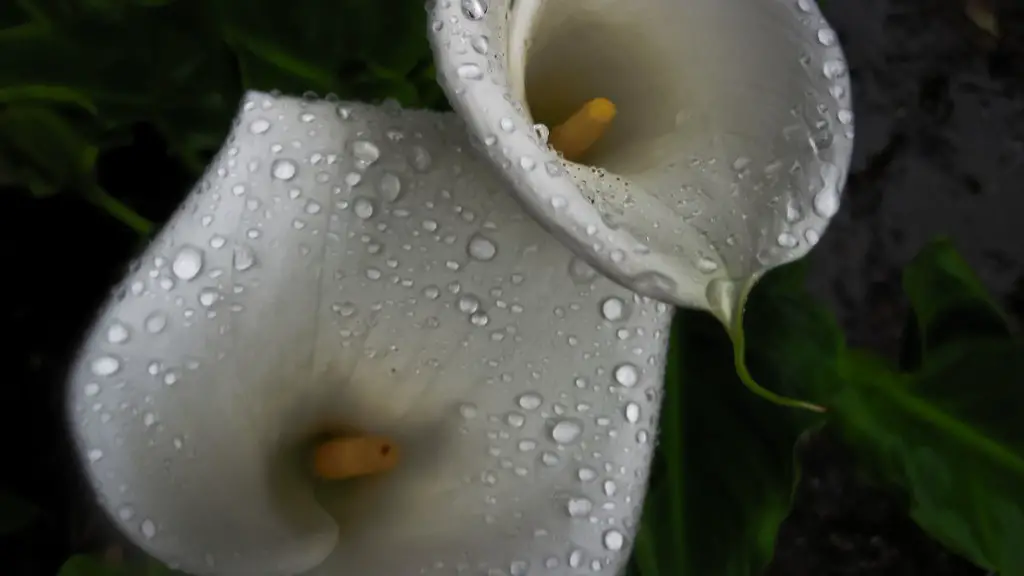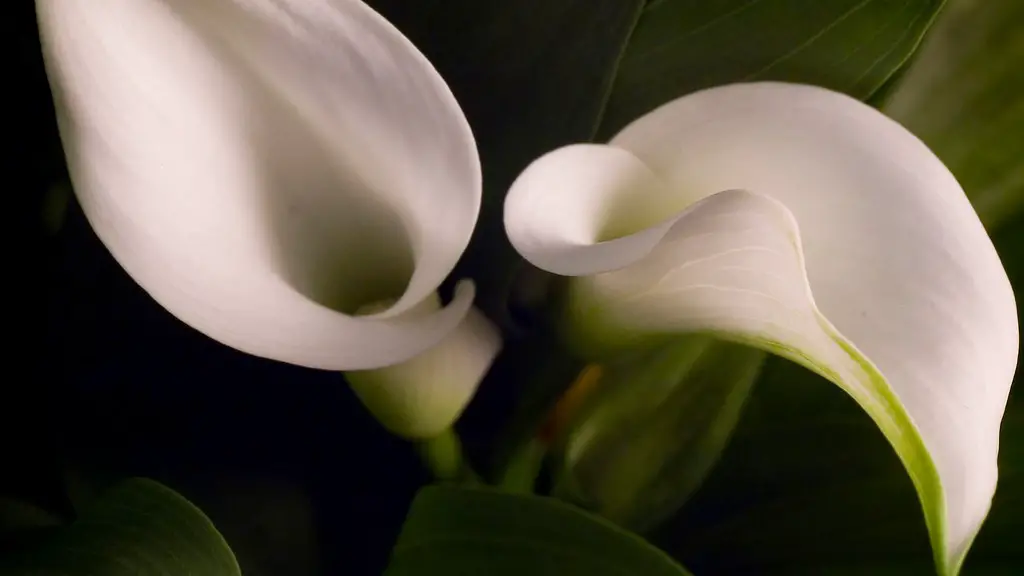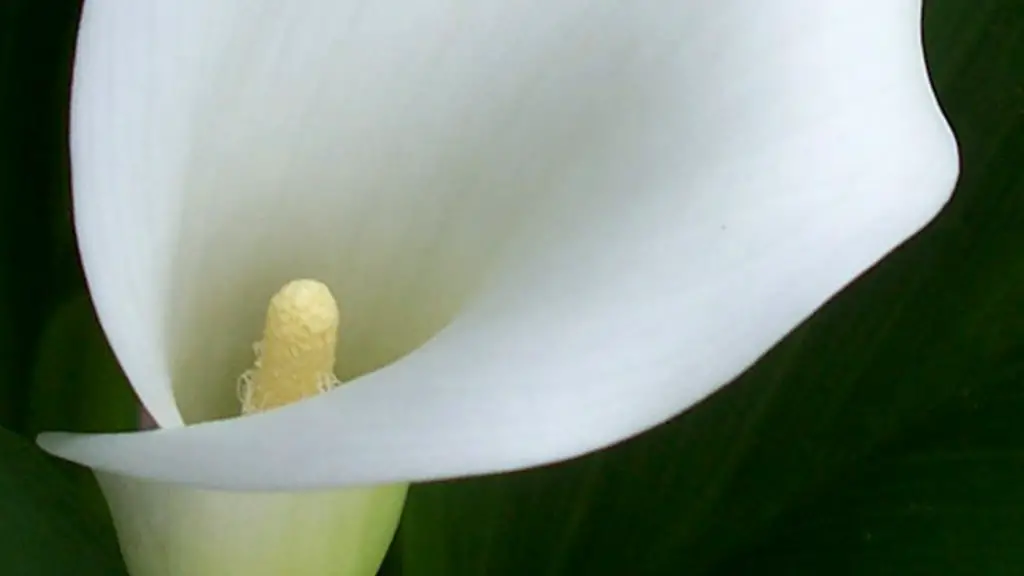When orchids are root bound, it means their roots have filled up the pot and they need to be transplanted into a new, larger pot. There are a few things you can look for to know if your orchid is root bound:
-The pot feels much lighter than it should
-There is very little or no space between the roots and the pot
-The roots are coming out of the drain holes
-The plant is not growing or blooming as well as it should be
If you see any of these signs, it’s time to transplant your orchid into a new pot. Don’t worry, it’s not as difficult as it sounds!
To know if your phalaenopsis orchid is root bound, lift the plant out of its pot and examine the roots. If they are thick and matted around the bottom of the pot, then the plant is likely root bound. You can try to loosen the roots and replant in a larger pot, or divide the plant into multiple smaller pots.
Do Phalaenopsis orchids like to be root bound?
Phalaenopsis orchids are epiphytes, meaning that in the wild their roots cling to tree branches, rather than delving into the soil. Orchids perform their best when slightly pot-bound, so bigger isn’t better when it comes to the container. The key to success with these beautiful plants is to mimic their natural environment as closely as possible.
When you notice that your orchid’s roots are growing out of the pot, it’s a good indication that it’s time to repot the plant. You’ll also notice that the pot isn’t retaining any moisture when you water it – all the water will pass right through. These are both signs that your orchid is pot bound and needs some extra space.
When should I repot a phalaenopsis orchid
As a general rule, repot plants every two years after flowering and when new growth appears. Usually a plant will lose one or two leaves at the bottom every year and gain one or two leaves at the top. Repot spring through fall.
Now there is two possible ways to deal with this you can cut the pot and remove it from around the plant or you can try to gently pull the pot off. I would suggest trying to pull the pot off first because it will be much easier on the plant. If you can’t get the pot off then you will have to cut it off.
How do I know if my orchid needs repotting?
Orchids are a beautiful and popular type of houseplant, but they can be finicky. One of the main things they need is a pot that is the right size. While a small pot is ideal when they are first getting started, they will eventually outgrow it and need to be re-potted. This is usually when their roots start to push up above the rim of the pot or reach out into the air. If you see your Orchid doing this, it’s time to give it some new digs!
Orchids like to be snug in their pot and the ratio of roots to potting mix should be about equal. If an orchid is put into a pot that is too big for it, then there are not enough roots to take up the moisture that is being held by the potting mix and the mix stays wet too long.
Can I cut the extra roots off my orchid?
Dear Plant Owner,
There’s a good chance you can harm your plant if you remove healthy air roots. You could even introduce a dangerous virus. In homes with low humidity, air roots can turn yellow and shrivel.
If you see roots beginning to grow up from the plant stem or start to crawl over the side of the pot, it’s a telltale sign your pot has become too small. Repotting your orchid into a larger container will give the roots the room they need to grow, and will help the plant stay healthy.
Can an orchid have too many air roots
Aerial roots are one of the defining characteristics of orchids. They are roots that grow from the stem of the plant, rather than from the ground. They are typically used by the plant to anchor itself to a support, but can also be used to absorb water and nutrients.
Phalaenopsis orchids are a type of orchid that can live as a houseplant for 10 to 15 years. They require little maintenance and can thrive in a variety of environments. If you are looking for a low-maintenance plant to spruce up your home, a Phalaenopsis orchid may be the perfect option for you!
Should you soak orchid bark before repotting?
Orchids are beautiful, delicate flowers that are often used in decorative displays and as gifts. They are notoriously difficult to care for, however, and must be repotted often to ensure their health. Repotting in orchid bark is a common practice that helps the plant retain moisture and prevents it from drying out.
To repot an orchid in bark, first soak the bark mix in water for about half an hour. This will hydrate the bark and make it easier for the plant to absorb water. Next, remove the orchid from its current pot and gently loosen the roots. Be careful not to damage the roots, as this could harm the plant.
Once the roots are loosened, place the orchid in the new pot and fill it with the soaked bark mix. Water the plant well and place it in a location with bright, indirect light. Orchids require very little water, so be sure not to overwater. Check the plant weekly and water when the bark mix is dry. With proper care, your orchid should thrive.
If you have recently repotted your orchid, it is best to place it in an area where it will receive slightly less light than usual for the next 3 to 4 weeks. This will help to reduce the repotting stress that your plant may experience. After this period, you can then move your orchid back to its original location.
Why is my orchid dying after repotting
If you have orchids that are suffering from root rot, the best thing you can do is to repot them in a well-draining potting mix. Be sure to remove any rotten roots from the plant before repotting. After repotting, water your orchids regularly and apply a balanced fertilizer to ensure they stay healthy.
If your orchid’s roots are mushy and brown, it is a sign of root rot and overwatering. This can prevent the plant from absorbing enough nutrients and oxygen, which can be fatal. If you have recently watered your orchid, be sure to check the roots for signs of health.
Do you cover air roots when repotting orchids?
These roots will most probably die out if they are not properly taken care of. They can also rot, which is not a good thing.
It is important to water your orchid thoroughly after repotting it, as this will help to encourage root growth. For the first few weeks, you should also fertilize it when watering, using a fertilizer that is high in phosphorus.
Can you repot orchids in Miracle Grow potting soil
Orchids can be repotted in a variety of materials, but bark or sphagnum moss are most commonly used. To repot orchids in your own container, carefully tease their roots free from the old potting material. Then fill the new orchid pot halfway with Miracle-Gro® Orchid Potting Mix Coarse Blend, which is specially formulated to provide just the right aeration and drainage.
If possible, you should avoid repotting your plant when it is in bud. This is because repotting can cause the flowers to drop off prematurely. However, if you do need to repot while your plant is blooming, it is normal for the flowers to fall off more quickly than usual. Just be sure to only repot when absolutely necessary.
Warp Up
To know if your phalaenopsis orchid is root bound, simply pull the plant out of its pot and inspect the roots. If they are tightly packed together and spiraling around the soil, then your orchid is root bound and will need to be replanted.
If your orchid is root bound, it will most likely have yellow or brown leaves, dry and shriveled roots, and slow growth. You can try to repot your orchid to see if it improves, but it is best to consult a professional before doing so.
